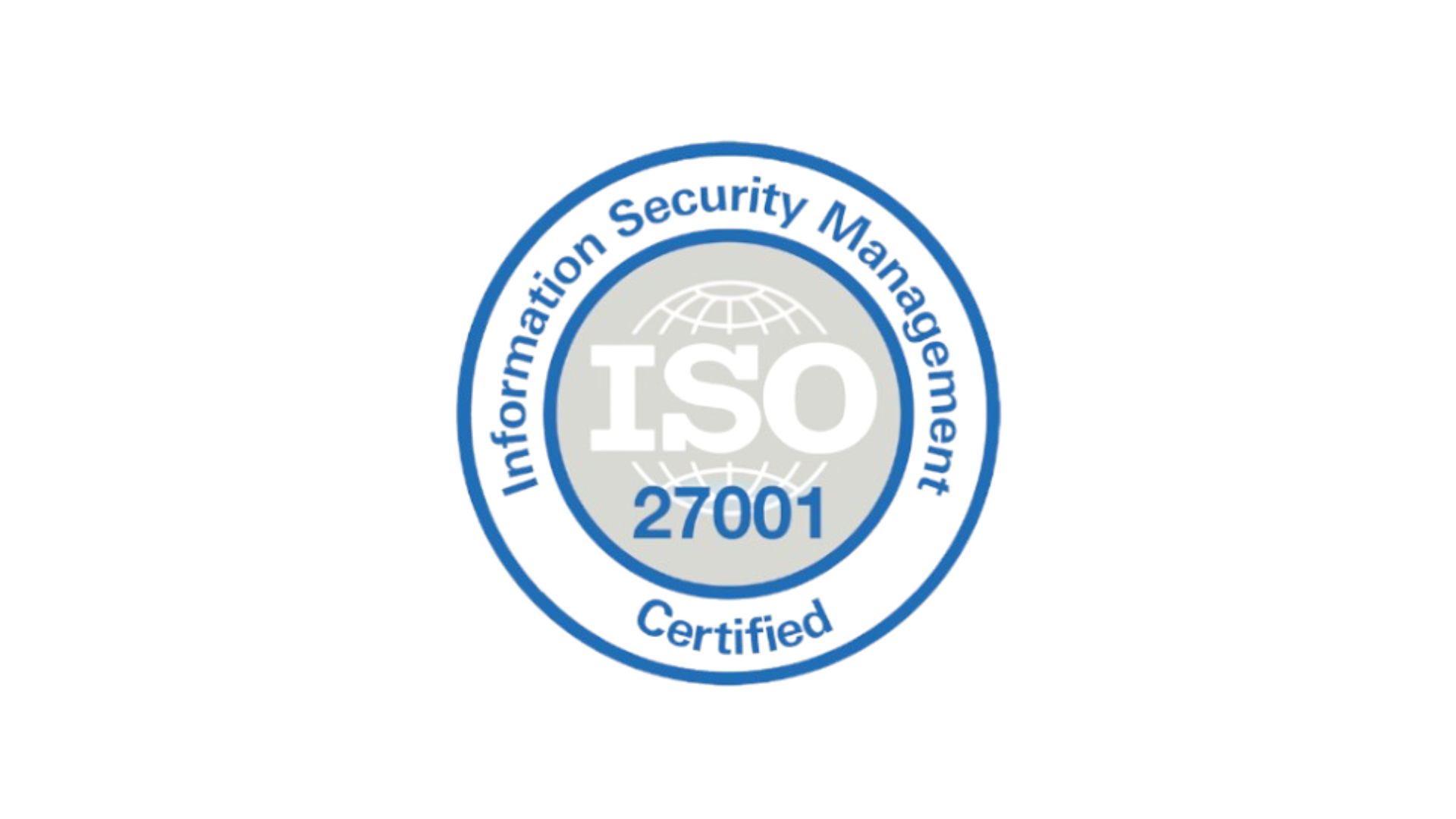For many organizations, the road to compliance can feel long, expensive, and unnecessarily complex. Faced with limited resources and no immediate legal obligation, some businesses attempt to avoid it altogether, choosing not to serve regulated industries or government clients in hopes of staying "outside" the scope of regulatory frameworks.
But here's the catch: compliance doesn't stop at the border of your business. It's transitive. That means if your customers or partners are required to comply, you'll likely be contractually required to align as well, even if no regulator has knocked on your door yet.
What Is Transitive Compliance?
"Transitive compliance" isn't an official regulatory term, instead, it's a concept I've developed through years of working with organizations navigating compliance challenges. I use this term to describe the indirect obligations that arise when your clients, partners, or vendors are subject to regulations and expect the same from you.
For example, if you provide services to a government contractor handling CUI (subject to NIST SP 800-171 / CMMC Level 2) or to a federal agency as a cloud service (FedRAMP / NIST SP 800-53), or a healthcare company regulated under HIPAA, you'll likely be contractually required to demonstrate aligned controls. Why? Because your security posture becomes part of their risk surface. A weak link in your infrastructure could jeopardize their entire program.
Why Organizations Try to Avoid Compliance
It's understandable. Compliance efforts often involve:
- Interpreting dense, complex regulations
- Hiring consultants or legal experts
- Allocating scarce internal resources
- Changing workflows or rewriting policies
It's tempting to delay the investment until absolutely necessary.
But that strategy rarely pays off in the long run.
The Reality: Compliance by Association
Your company may not handle protected health information (PHI), federal contract information (FCI), or personally identifiable information (PII) directly. But if you're part of a supply chain that does, you are, by association, expected to uphold the same standards.
This plays out in real-world scenarios like:
- Vendor due diligence questionnaires
- Security clauses in contracts
- Third-party risk assessments
- Partner certification requirements
What started as someone else's requirement quickly becomes your own.
The Opportunity in Being Proactive
Rather than seeing compliance as a burden, leading companies treat it as a strategic asset. Being "compliance-ready" opens doors to:
- New markets and customer segments
- Faster onboarding with enterprise clients
- Greater resilience against data breaches
- Differentiation in crowded industries
By getting ahead of transitive requirements, you're not just protecting your business, you're enabling its growth.
How to Get Started
Start with visibility:
- Who are your most important clients?
- What regulatory frameworks are they subject to?
- What requirements are passed down through contracts or security reviews?
From there, perform a gap analysis against commonly required frameworks like ISO 27001, SOC 2, NIST 800-171, or HIPAA.
At DataHubz, we help organizations build scalable, AI-powered compliance programs that make sense of complex requirements, whether they come from regulators or ripple through your ecosystem.
Key Insight
Key Insight
More than just internal policies, compliance is a shared responsibility, and in many industries, a requirement that extends far beyond the letter of the law. Understanding and preparing for transitive compliance is essential to stay relevant, trustworthy, and competitive.



